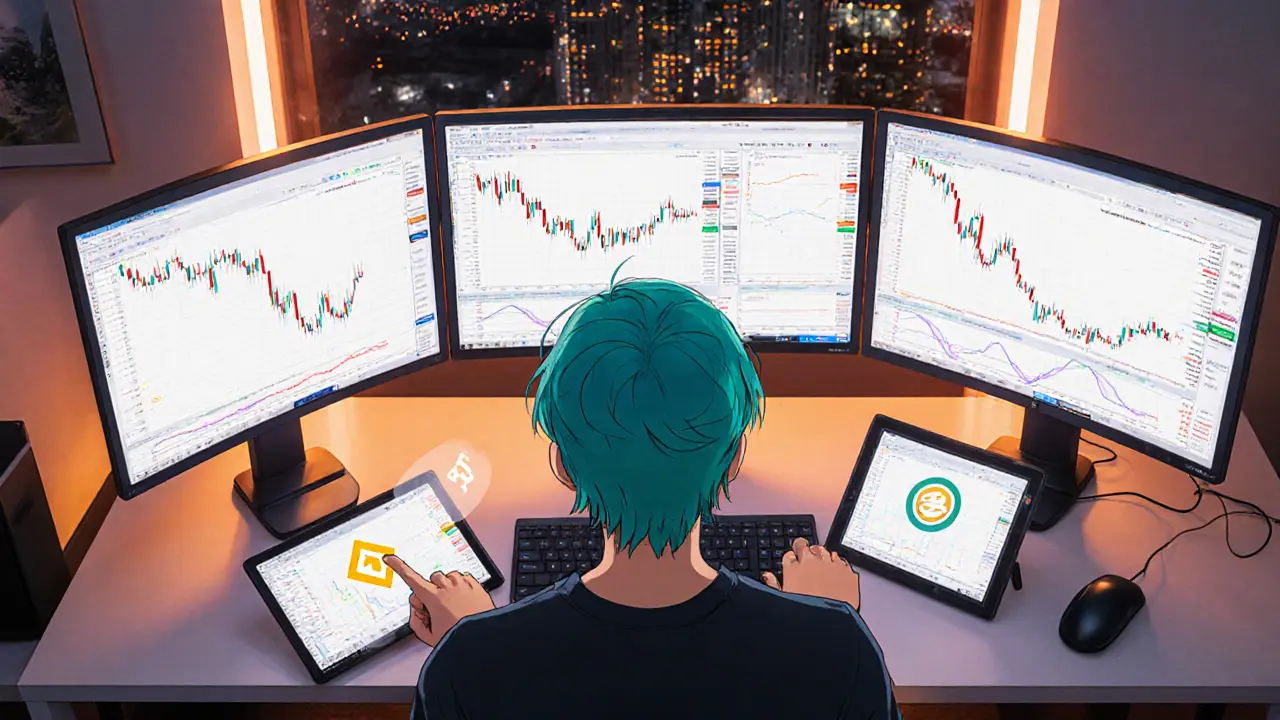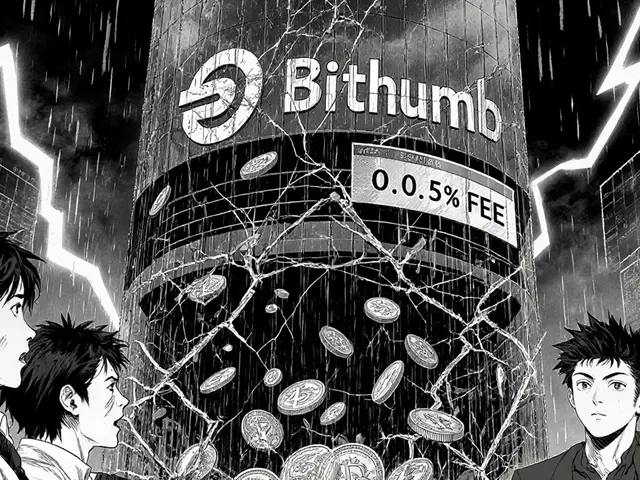Multiple Exchanges: How to Navigate Crypto Platforms Safely
When you trade on multiple exchanges, crypto platforms where you buy, sell, or hold digital assets. Also known as trading platforms, it lets you find better prices, access rare tokens, and avoid single points of failure. But not all exchanges are created equal. Some look legit but hide fees, freeze withdrawals, or vanish overnight—like btcShark or FDEX, both flagged in our reviews for outright scams. Others, like PiperX v2 or Kujira Fin, offer real features, transparent fees, and active communities. The difference isn’t just branding—it’s trust, structure, and accountability.
Using multiple exchanges, crypto platforms where you buy, sell, or hold digital assets. Also known as trading platforms, it lets you find better prices, access rare tokens, and avoid single points of failure. means you’re spreading risk, but also multiplying your exposure. If you’re storing crypto on an exchange, you’re trusting someone else with your keys. That’s fine on Binance or Kraken, but risky on obscure platforms with no public audits or regulatory oversight. And don’t assume a name like "FDEX" is safe just because it sounds like FedEx—that’s brandjacking, and it’s a red flag. decentralized exchange, a crypto platform that lets users trade directly without a middleman. Also known as DEX, it gives you control over your funds but comes with its own risks like smart contract bugs or low liquidity. Platforms like Minter (BSC) or O3 Swap are DEXs built on blockchain tech, so you’re not handing over your wallet to a company. But even DEXs can be risky if they’re new, poorly coded, or have no user history.
Why do so many people get burned? Because they chase the highest yield or the newest token without checking the exchange behind it. You wouldn’t deposit cash in a store with no license—why do it with Bitcoin? The SEC’s $4.68 billion in crypto fines in 2024 didn’t happen by accident. They targeted platforms that lied about security, hid ownership, or didn’t report trades. If an exchange doesn’t tell you where it’s registered, or if you can’t find a single independent review, walk away. The posts below cover real cases: from the rise and fall of EtherFlyer to the hidden traps in Deepcoin’s 125:1 leverage. You’ll see how memecoins move on social media, why tax rules change depending on where you trade, and how to spot a fake airdrop tied to a sketchy platform. This isn’t theory—it’s what’s happening right now. Below, you’ll find honest reviews, scam alerts, and practical guides to help you pick the right exchanges and avoid the ones that vanish with your money.
Learn how multi‑exchange trading works, the line between legit arbitrage and illegal sanctions evasion, and how to stay compliant while protecting your crypto assets.
Read More





